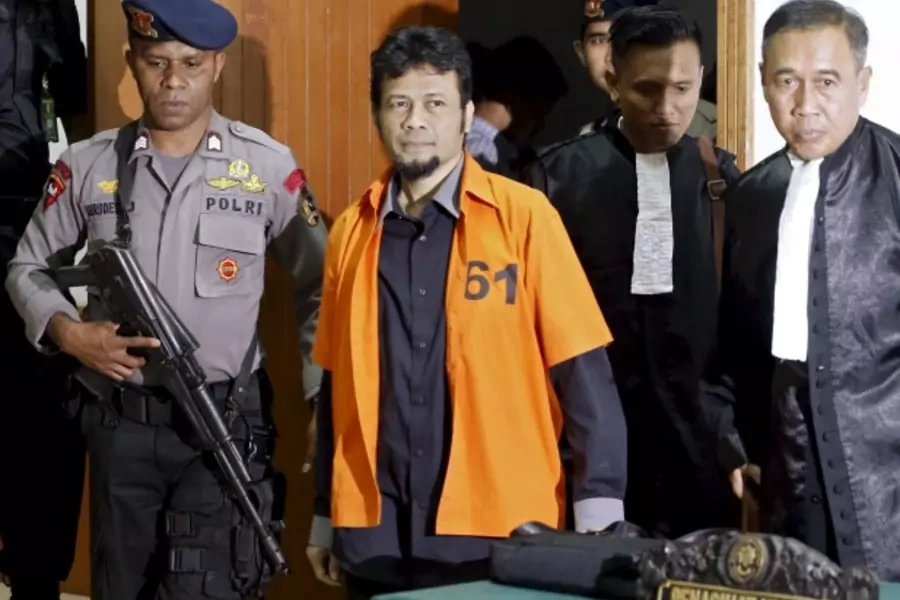The Indonesia Model for Combating Radicalism

More on:
In early May, Indonesia, Malaysia, and the Philippines, three countries that often have trouble cooperating on transnational challenges, and have long disputed some of their adjacent waters made a major announcement. They would begin coordinated patrols at sea, and would launch a tri-country hotline to discuss kidnappings and other militant activities. The announcement came after ten Indonesian sailors had been kidnapped in the southern Philippines by the Abu Sayyaf, a militant group operating in the lawless deep south. Although the Abu Sayyaf has existed for more than fifteen years, it had in the previous months launched multiple high-profile kidnappings, killings, and other terrorist attacks, including the capture and beheading of a Canadian man, John Ridsdel.
Perhaps even more worryingly to Southeast Asian governments, Abu Sayyaf, once derided by some Philippine army and national security advisors as a ragtag group of bandits, appeared to be linking up with the Islamic State, and possibly attracting new recruits from other parts of the world. In early 2016, the Abu Sayyaf used a video to publicly proclaim its allegiance to ISIS, and even before the public pledge it had begun utilizing increasingly brutal ISIS-like tactics, such as beheadings of captives. At least one Abu Sayyaf commander had traveled to Syria to fight with ISIS, and other Abu Sayyaf militants may have joined ISIS’s wars as well. In the spring of 2016, Philippine military forces launched an operation in to hunt down one of Abu Sayyaf’s most wanted men, an experienced bomb maker from Morocco. Yet while the Philippine army operation managed to kill the bomb maker, Mohammad Khattab, the Abu Sayyaf trapped the Philippine soldiers in a day-long firefight. Eighteen Philippine soldiers were killed, an embarrassment to the government and the army.
For more of my take on the growing threat of radicalism in Southeast Asia, and Indonesia’s strategy to defeat it, see my new Current History article.
More on:
 Online Store
Online Store